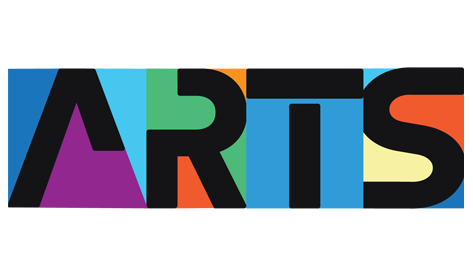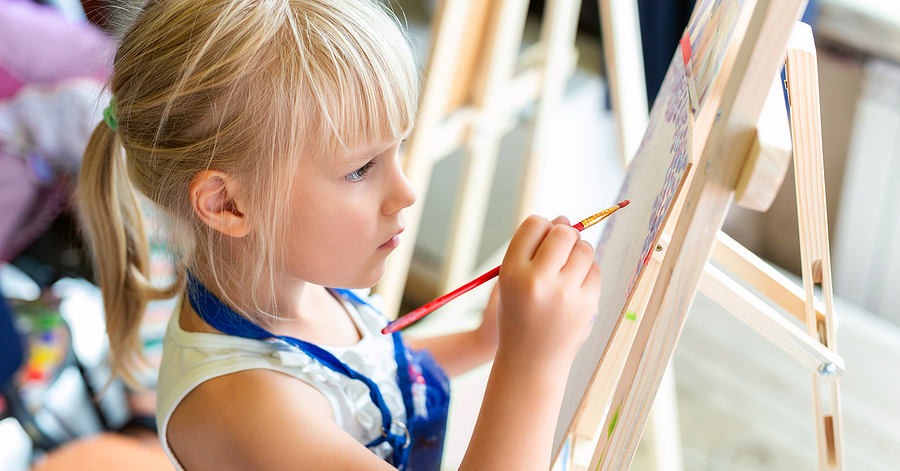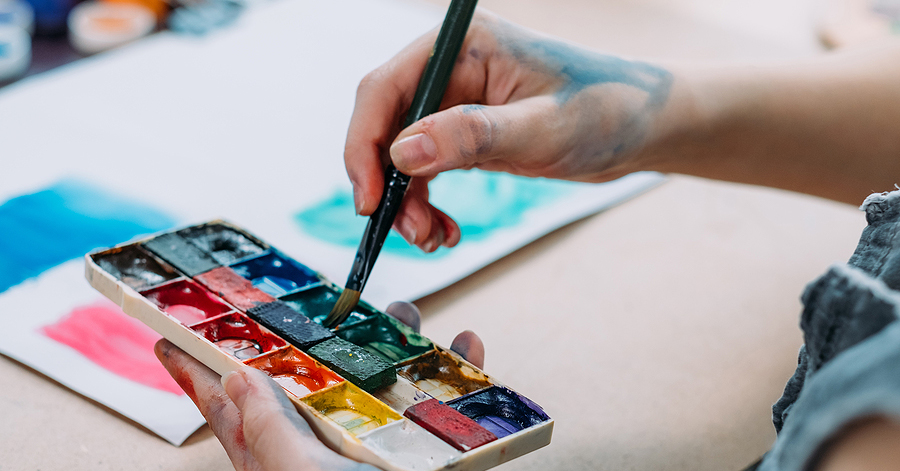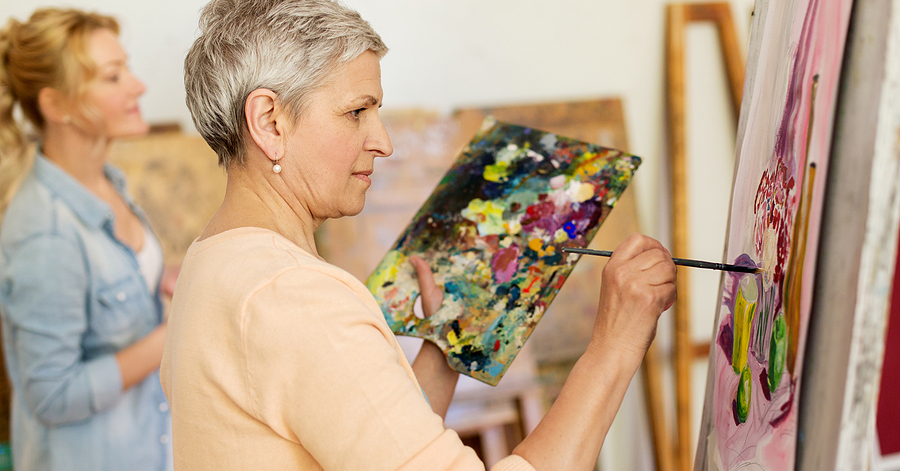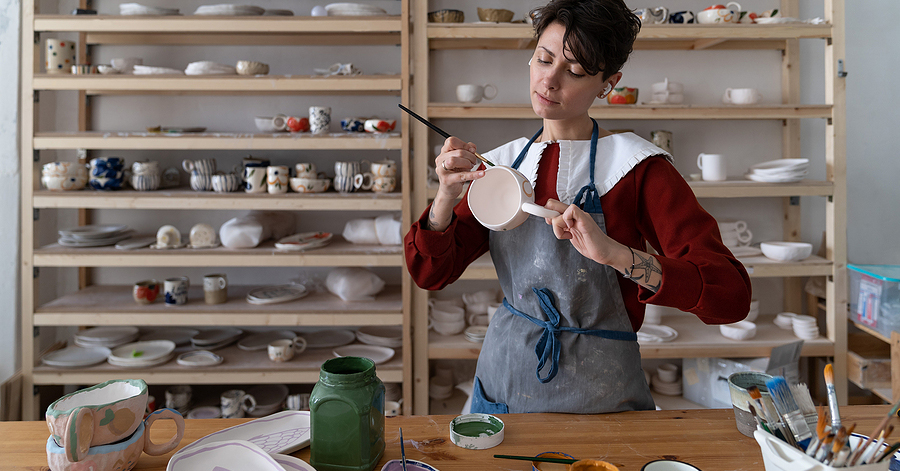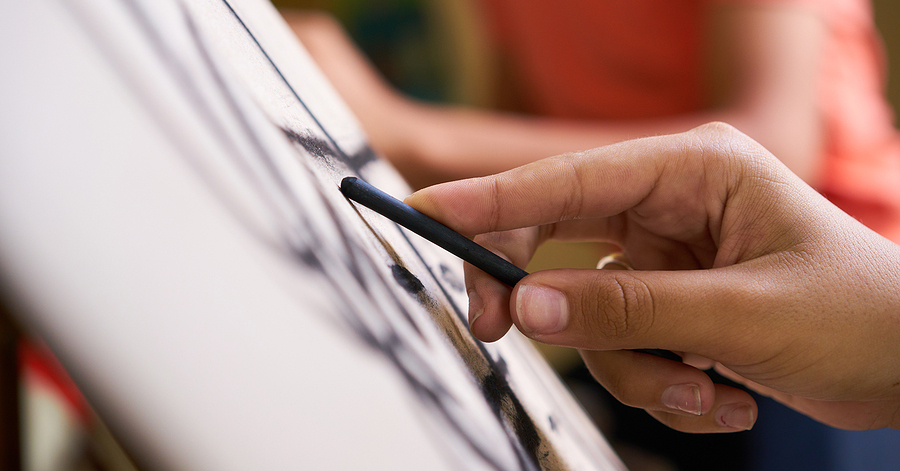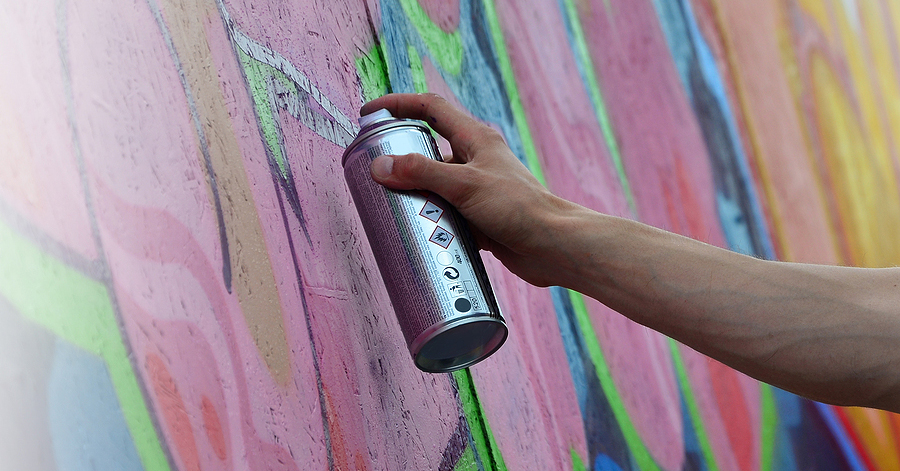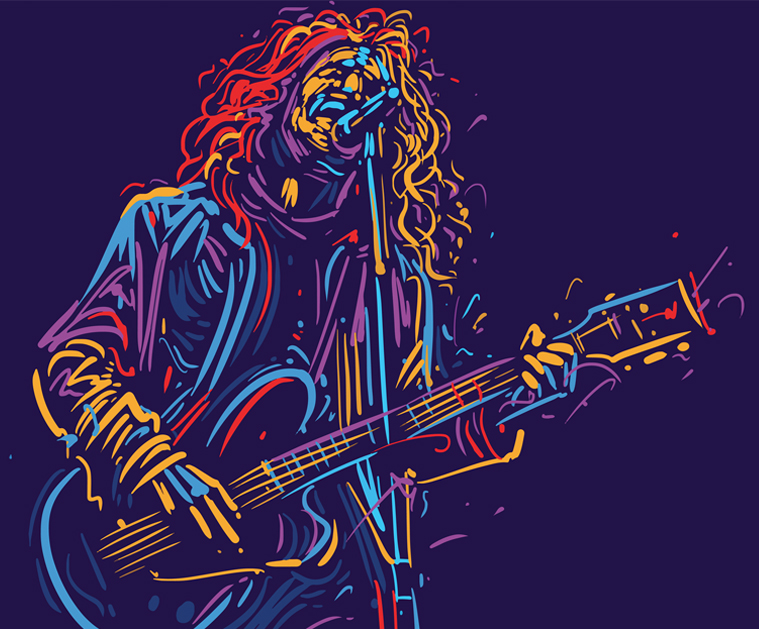In today’s education system, the focus on standardized testing, core academic subjects, and budget constraints has pushed many schools to make tough choices about their curricula. Too often, the arts are treated as expendable—extra-curricular rather than essential. But the truth is, the importance of art in schools goes far beyond painting and music class.
Art education plays a critical role in the intellectual, emotional, and social development of students, helping them become more thoughtful, innovative, and well-rounded individuals.
The Academic Benefits of Art Education
Enhancing Cognitive Development
Art education activates both sides of the brain, helping students develop a broader range of cognitive abilities. On the left side, students engage logic, language, and critical thinking when analyzing a story in theater or interpreting symbolism in visual art. The right side sparks creativity, intuition, and imagination—vital for original thought and problem-solving.
Early exposure to visual arts and music also supports the development of fine motor skills and hand-eye coordination. Whether sculpting, drawing, or playing an instrument, students refine their physical dexterity and spatial awareness through repeated practice.
Improving Academic Performance
Multiple studies have shown that students engaged in the arts tend to outperform their peers in core academic areas. Visual and performing arts foster reading comprehension, math proficiency, and writing skills. For instance, interpreting rhythm and counting beats in music supports mathematical pattern recognition, while analyzing character motivations in drama enhances reading and empathy.
Schools with robust art programs consistently report higher student engagement and graduation rates. Students who feel connected to their education are more likely to stay motivated and succeed academically.
Strengthening Focus and Discipline
Creating a work of art or learning an instrument teaches patience, attention to detail, and long-term goal-setting. These skills translate into other areas of learning and life. Students discover that mastery takes time, and they learn to take pride in persistence—qualities that are essential for lifelong learning.
The Social and Emotional Power of the Arts
Boosting Self-Esteem and Confidence
Art provides students with a platform to express themselves without fear of judgment. Unlike standardized tests with right or wrong answers, the arts allow for multiple interpretations and encourage students to take creative risks. Completing a piece of art or performing in front of an audience builds confidence and a sense of accomplishment.
Fostering Empathy and Emotional Intelligence
Through artistic exploration, students learn to interpret and express a range of human emotions. Engaging with different perspectives—whether in a dramatic role or through a culturally inspired painting—develops empathy and social awareness. Art becomes a powerful tool for processing experiences and building emotional resilience.
Encouraging Collaboration and Teamwork
The arts thrive on collaboration. Whether it’s a group mural, ensemble performance, or theater production, students learn to work with others, communicate ideas, and respect differing viewpoints. These collaborative experiences prepare them for real-world environments where teamwork is essential.
Preparing Students for the Future: Art and Career Readiness
Creativity as a Top Job Skill
In an increasingly automated and fast-paced job market, creativity has emerged as a highly sought-after skill. According to the World Economic Forum, creativity ranks among the top five skills needed in the future workforce. Art education cultivates this skill by encouraging students to think outside the box, approach problems from different angles, and develop original ideas.
Cross-Disciplinary Applications
Art isn’t confined to the studio or stage—it’s deeply intertwined with science, technology, engineering, and math. This fusion, known as STEAM, promotes innovative thinking across disciplines. Examples include:
- Architecture – blending structural design with aesthetic vision
- User Interface (UI) Design – merging artistic sensibility with digital functionality
- Game Design and Animation – combining storytelling, programming, and visual creativity
Students who are trained in the arts are better prepared to enter fields that require both technical proficiency and creative problem-solving.
Addressing Equity: Access to Arts Education for All
The Impact of Budget Cuts
When school budgets are tight, arts programs are often the first to go. This disproportionately affects students in underfunded districts, where access to extracurricular arts opportunities may also be limited. Eliminating the arts deepens educational inequality, denying many students the benefits that wealthier peers take for granted.
Bridging the Gap Through Community Partnerships
Local organizations like East End Arts Council play a vital role in addressing this gap. Through partnerships with schools, we provide:
- After-school and weekend art and music classes
- Scholarships for families with financial need
- Free public exhibitions that celebrate student work
These programs help ensure that all students, regardless of socioeconomic background, have access to high-quality arts education.
How Parents, Educators, and Communities Can Advocate
Supporting Policy and Funding
Community members can support the arts by:
- Voting for school budgets that fund arts programs
- Attending school board meetings and advocating for the arts
- Encouraging policy changes that protect arts education at the state and local level
Getting Involved Locally
Volunteering with arts organizations, attending student exhibitions, or supporting fundraising events are all powerful ways to show that the community values art.
Promoting the Value of Art at Home
Parents can reinforce the importance of art in schools by encouraging creative exploration at home, whether through visits to local galleries, engaging in crafts, or simply making space for artistic expression.
Conclusion: Art Is Not Optional—It’s Essential
The importance of art in schools cannot be overstated. Art education fosters academic success, emotional intelligence, creativity, and a sense of belonging. In a world that increasingly values innovation and empathy, we can’t afford to sideline the arts.
Instead, we must recognize them as fundamental to a well-rounded, future-ready education—and ensure that every student has the opportunity to experience their transformative power.
Art is not just important in schools, but also within the community—and that’s where East End Arts comes in, nurturing creativity beyond the classroom. Learn more about what we offer here.
